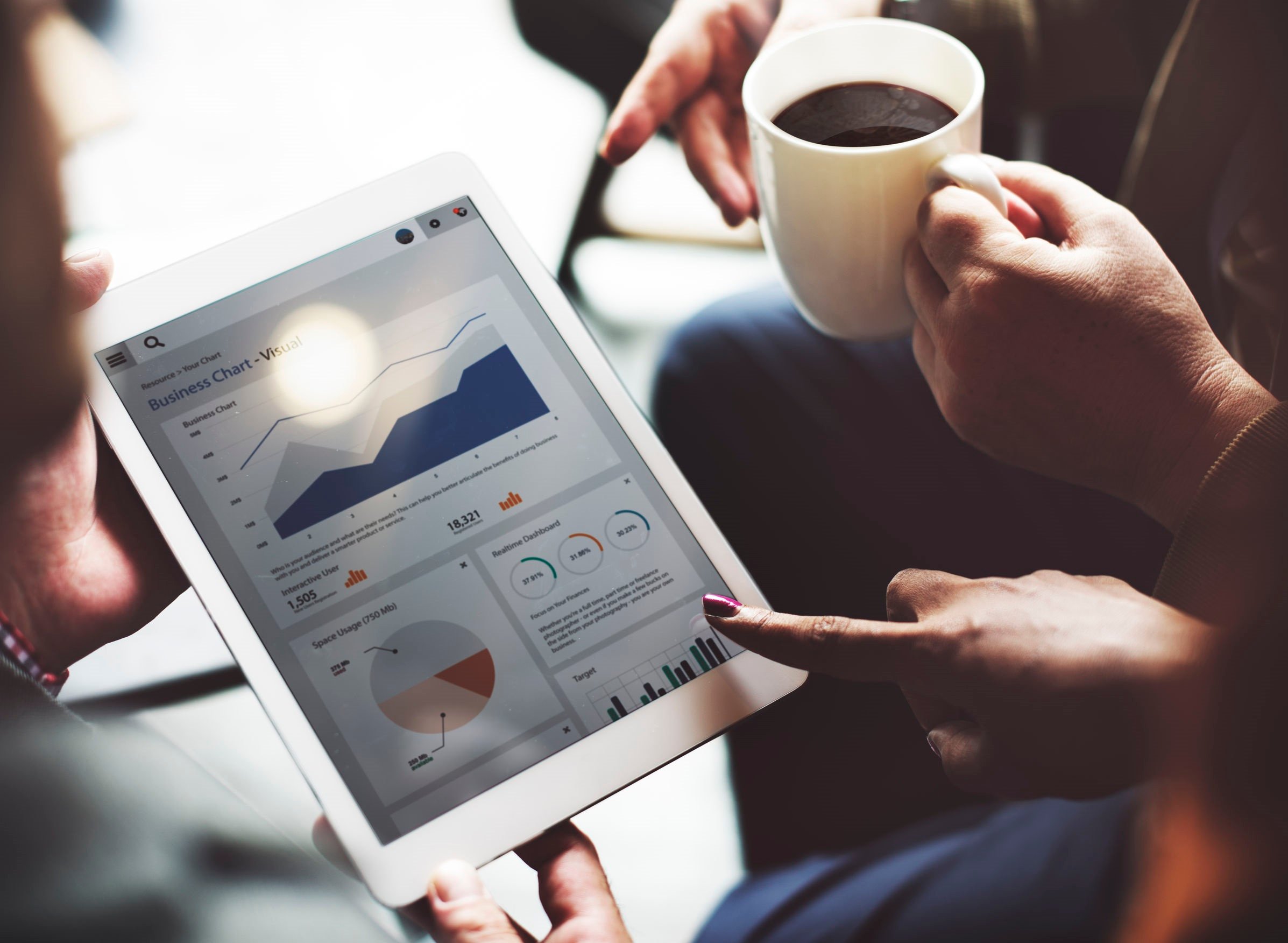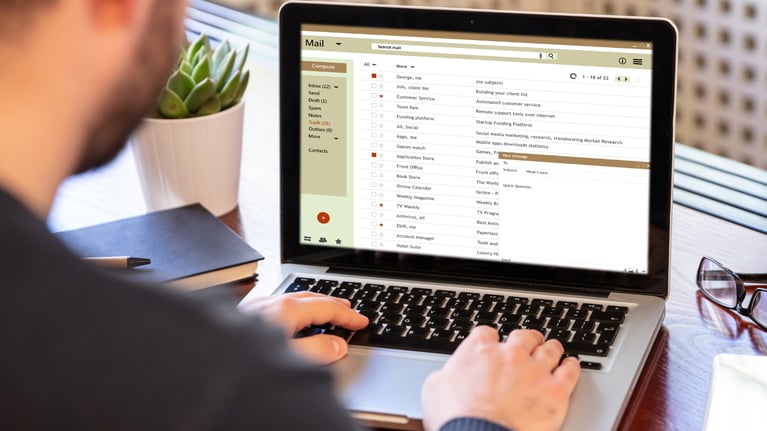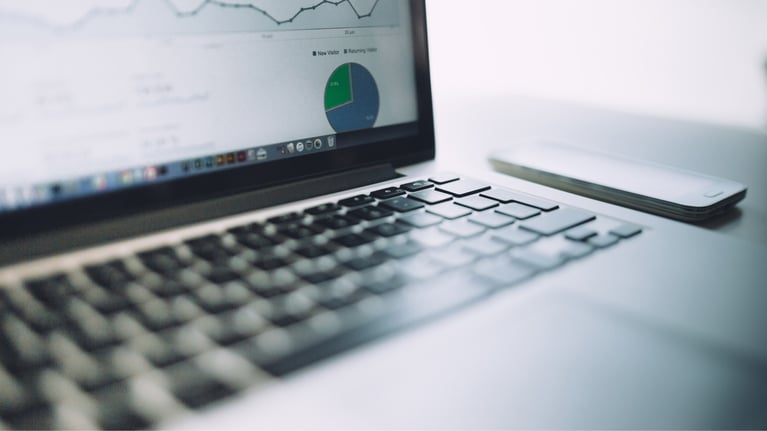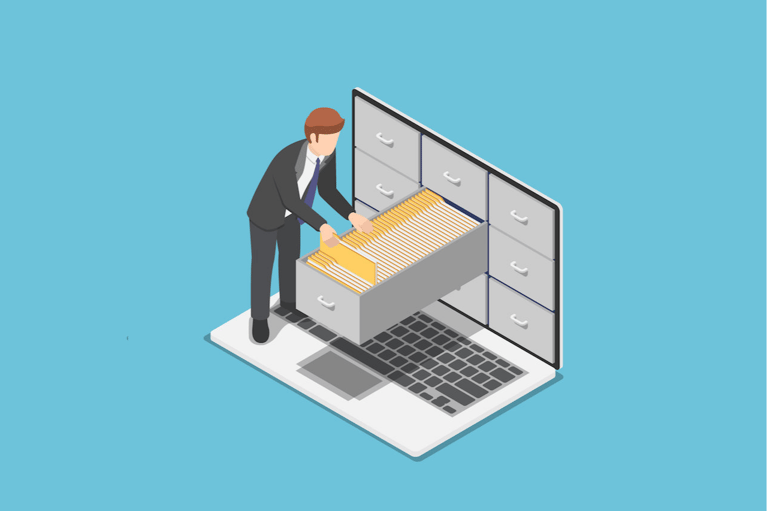If you are using HubSpot, you have probably noticed that your contacts have a property labeled “lifecycle stage.” This property tells you where each contact is in the buying process and how close they are to becoming a customer.
Using this property as a way to segment your contacts and improve your lead nurturing can be a game changer. However, it can also be a little bit tricky as there is no “best” way to define these different stages. Furthermore, HubSpot presents you with several different stages that may not even be relevant to your business.
Just ask the best inbound marketing agencies in Los Angeles, and they will tell you that understanding and defining your customer’s lifecycle stages is paramount to your ability to hit your sales goals. To help you get started, here are some of the most basic lifecycle stages you should be using, how you can define them, and what you, or your inbound marketing agency, can do to move them through the funnel.
Subscribers
These are contacts who have expressed interest in your content, but not necessarily your business. They have probably subscribed to your blog or mailing list, but haven’t filled out any other forms on your website. They are also an important part of creating a stable pipeline, so they should always be nurtured with a focus on lead conversion.
It’s good to keep in touch with these contacts because they may move forward in the buying process one day. Even if they don’t, they may share your content and create more awareness for your brand. You should send them general content like email newsletters, blog posts, and top funnel content offers.
Leads
A contact becomes a lead when they have expressed real interest in doing business with you. In most cases, this means filling out a “contact us” form or downloading multiple content offers. You should nurture these contacts by sending them broadly appealing top-funnel content that educates and creates further trust.
As you gather more information on these contacts, you can send them content that identifies a specific solution for their problem. This can include things such as buying guides or how-to articles that encourage them to take the next step in the buying process.
Sales Qualified Leads
A sales qualified lead (SQL) is someone who has expressed interest in speaking with a sales person. This can mean booking a consultation, requesting a quote, or making a phone call. You’ll need to work closely with your sales team to define when exactly a lead is ready deemed worthy of a direct follow-up.
You can further nurture these leads by sending them content related to specific products or services that your company offers. This includes product demos, case studies, white papers, free samples, and other types of content that promote your brand.
Opportunities
Opportunities are leads that are very close to becoming business. In practical terms, this usually means that they have requested a quote from you, or have spoken to your sales team already.
In order to turn an opportunity into a customer, you need to make sure that you or your sales team is following up in a timely manner. If you don’t stay in communication with these contacts, you risk letting a perfectly good deal fall through the cracks.
Customers
This one should be pretty obvious. A customer is someone that you have actually closed a deal with. They have gone through the entire buying process and actually purchased your company’s product or service.
It’s important to realize that the buying process doesn’t stop with the sale. You should continue to communicate with and nurture your existing customers in the hopes that they will do one of the following:
- Return for future purchases
- Generate referral business
- Or both
The best way to stay in touch with existing customers is to send them company updates, information on new products or services, or to enroll them in a referral program.
Inbound Marketing & Lifecycle Stages are An Evolving Process
Inbound marketing can be complex, and there is no “best” way to define these lifecycle stages, so you’ll need to really think about what your people’s actions mean before setting up the different trigger points. In most cases, defining customer lifecycle stages is an evolving process that gets refined over time. So don’t worry about getting it exactly right on your first try. You can always adjust your criteria later on.
Did these Tips Help?
If you sound these tips helpful, we invite you to learn more about our approach to inbound marketing. Download our FREE guide below, walk away with some great ideas for your business, and feel free to reach out to us with any questions you might have.



.jpg)






(1).jpg)

.jpg)



![5 Reports to Elevate Your HubSpot Sales Dashboard [+ Examples]](https://2363531.fs1.hubspotusercontent-na1.net/hub/2363531/hubfs/Imported_Blog_Media/6-winning-examples-of-a-hubspot-sales-dashboard-2.png?width=767&name=6-winning-examples-of-a-hubspot-sales-dashboard-2.png)

